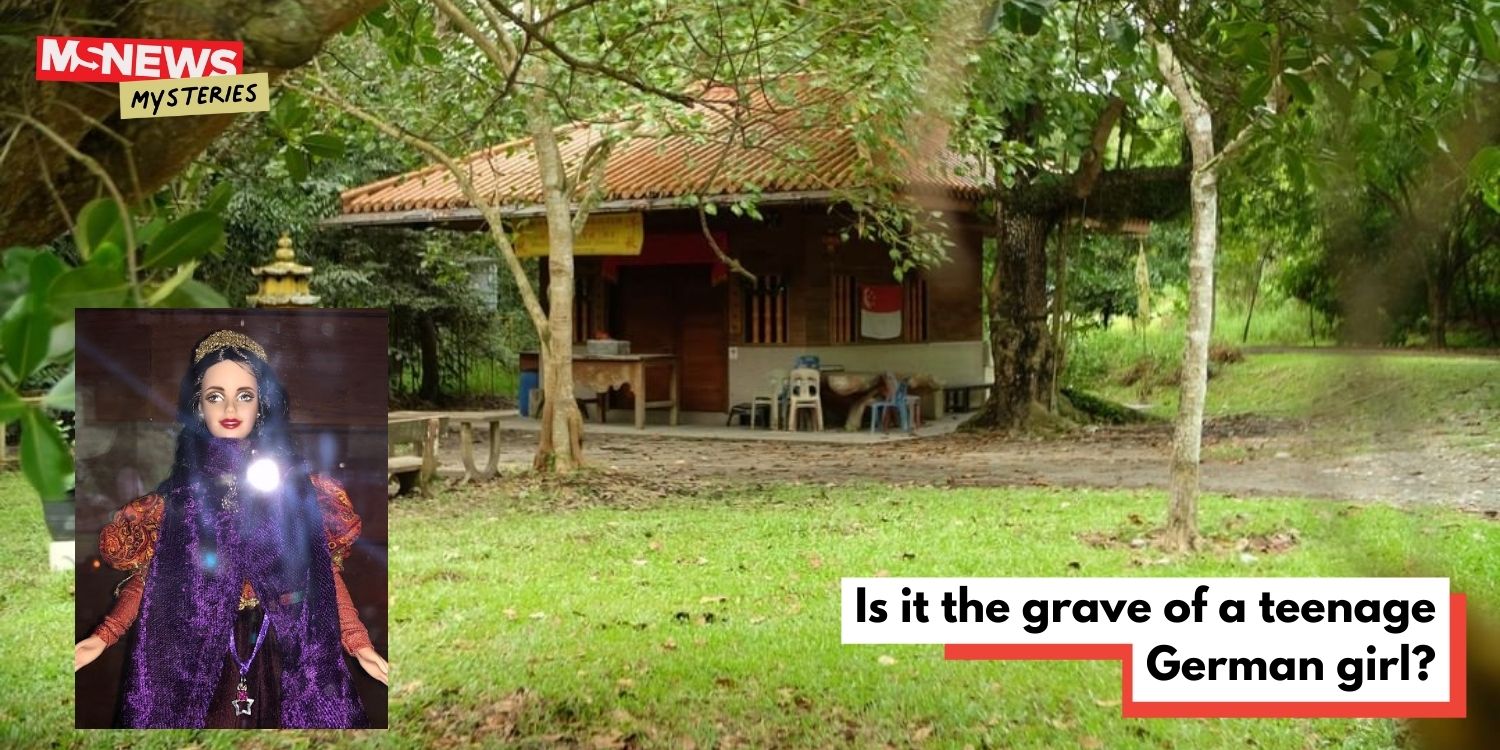The German Girl Shrine: What is it, and why is it in Pulau Ubin?
Located on the southern side of Pulau Ubin is a site of worship known only as the German Girl Shrine.
Though never an overtly promoted tourist attraction, the shrine has attracted a constant stream of visitors over the decades, with many coming from as far as Thailand or Myanmar to pay their respects.
@mustsharenews I don’t know which is scarier, this story or the insects that attacked me on Pulau Ubin. 😭 @susu #mustsharenews #sgnews #sgfyp #sg #singapore #sgtiktok #tiktoksg #entertainmentnews #pulauubin #germangirlshrine #ghost
But who is this German Girl, and how did she come to receive such deference? Accounts vary between different sources, but here is what we’ve been able to pierce together.
The widely acknowledged history
The National Parks Board’s (Nparks) website lists the shrine’s history as tracing back to the 1910s, just before World War I. At the time, there was reportedly a German man who owned a coffee plantation on Pulau Ubin, where he lived with his family.
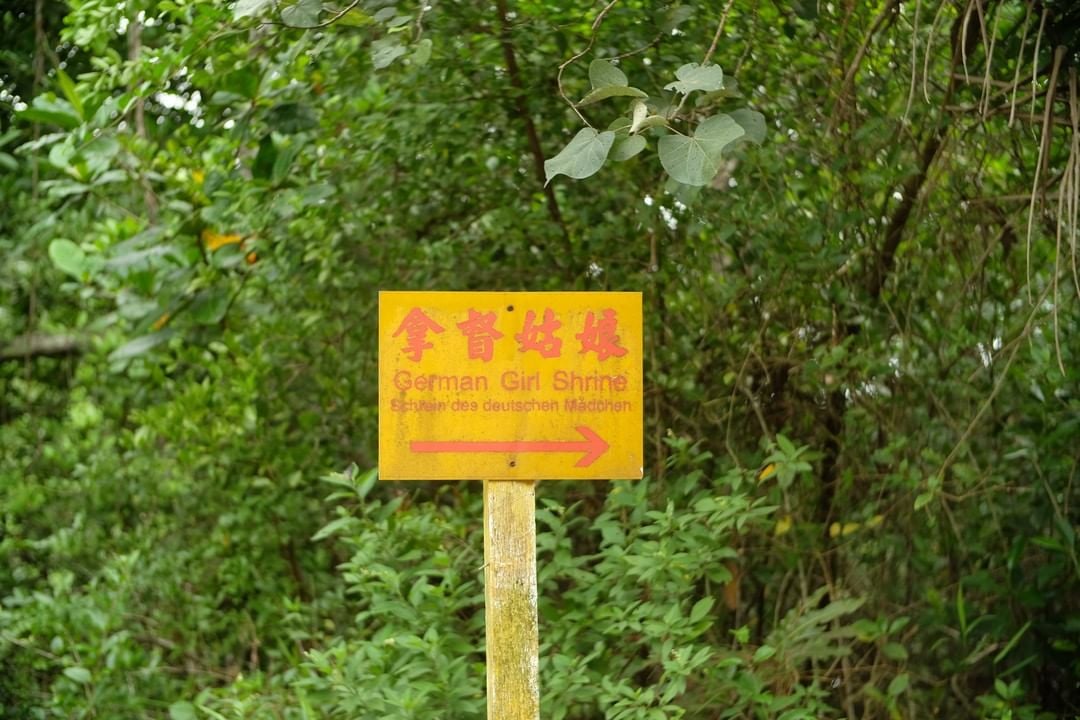
Source: Singapore Tourism Board on Instagram
When the war broke out, British forces came to the island and rounded up the plantation owner and his family, ready to send them to a detention barrack on mainland Singapore.
However, the German’s teenage daughter, whose identity remained unknown, broke free and ran into the woods, where she got lost and fell off a cliff to her death.
When locals found her body, they covered her in sand and left flowers, incense, and prayers as gestures of goodwill. Later, she was given a proper burial near a quarrying operation, and a shrine was erected in her memory. Subsequently, she was interred in an urn and placed on an altar.
Legend has it, many would start to visit the shrine as they felt the spirit of the girl would bring them good luck. They leave feminine items such as nail polish, makeup and dolls as offerings for her. Some villagers have also reported sightings of her figure, although this remains unsubstantiated.
Though this narrative seems to be the most widely acknowledged story behind the German Girl Shrine, the truth appears to be much murkier.
Looking into historical facts
Much of the mainstream version of the German Girl story reportedly originated from the words of a certain Mr Chia Yeng Keng, a man who lived on Pulau Ubin near the shrine from 1931 until his death in the 2000s. Indeed, The Strait Times once featured an interview with Mr Chia in an article from 2003.
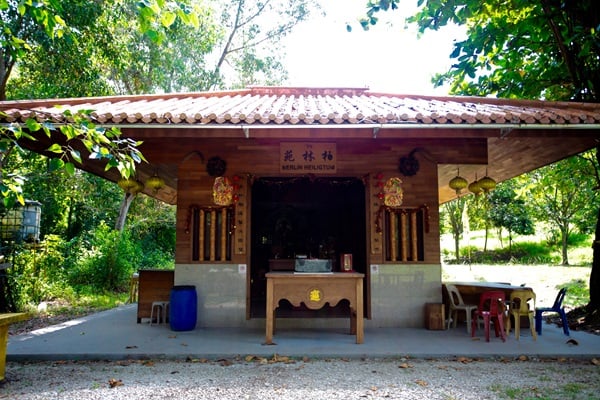
Source: NParks
However, an article published on biblioasia by Dr William L. Gibson, a researcher based in Southeast Asia, questions the accuracy of this story.
In the article, the author quoted Mr Chia admitting in subsequent articles that he didn’t really know anything about the girl, as the story happened before he was born. Mr Chia said he’d heard the accounts from an elder, who had in turn heard it from someone else.
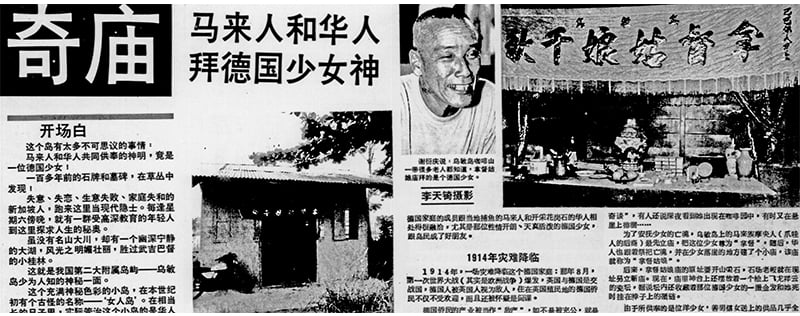
Source: NewspaperSG via bibloasia
Dr Gibson then went on to state that while there was a coffee plantation owned by German company D. Brandt and Co on Pulau Ubin, they sold it in 1907. In 1910, the estate was bought by a British-owned company Serangoon Rubber Company, who used it to plant rubber trees.
In 1914, when the war broke out, there were no women recorded as living on Ubin in the “Ladies Directory” of that year. According to Dr Gibson, there were also no reports of a missing European girl in the newspapers.
“There is no historical base for the German Girl,” he concluded in a 2024 podcast by the National Library of Singapore.
Speculations about the shrine’s origins
So if the German Girl never existed, who was the person or deity that the shrine was originally dedicated to? Dr Gibson speculated that the shrine might not have been erected to worship a person, but to pay tribute to termite mounds.
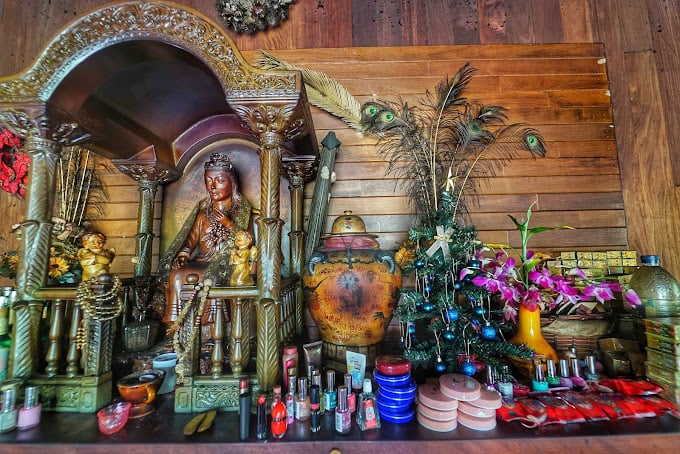
Source: Google
A 2022 research paper by Dr Benjamin Baumann, Assistant Professor at Heidelberg University, demonstrated that the worshipping of anthills and termite mounds is a common practice found among many Asian communities, particularly those of Chinese or Indian descents. It is believed that these structures are houses for spirits and thus carry spiritual significance.
Dr Gibson theorised that the same thing happened on Pulau Ubin: that the place was originally a termite mound that locals worshipped as the site of Datuk Keramat, a type of Malay folk belief. Devotees believe that guardian angels reside within such natural entities, which can also include rocks and trees.
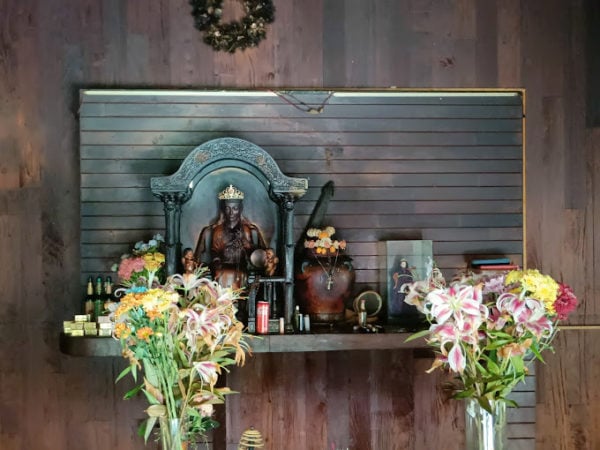
Source: Google
To lend credence to his theory, he cited various versions of the German Girl legend as told by locals, many of which stated that the girl was covered in white ants — another name for termites — when she was found, or that “termites had built a tomb for her”.
“What can be said with certainty is that when the mound was subsequently excavated, no skeleton of a teenage girl or otherwise was found,” the researcher wrote.
He believed that perhaps, as the object of worship was associated with the colour white of the termites and given feminine attributes due to the curvy shape of the mound, locals over generations came to deify it as a “white girl” figure.
That, combined with fragmented history accounts of a German-owned estate on the island, might have given birth to the German Girl legend.
Importance of folklore
But even when establishing the German Girl as more fiction than facts, Dr Gibson acknowledged that she’s “very important”, emphasising in his podcast with the National Library of Singapore that one should never discount the significance of folktales.
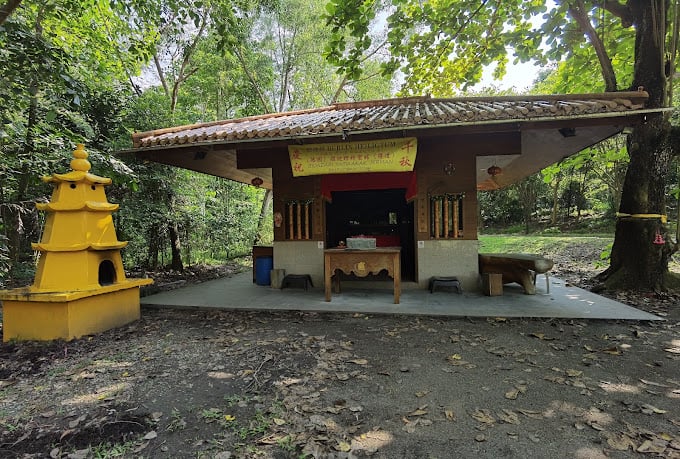
Source: Google
Indeed, muddied historical accounts or not, the fascinating story of an innocent maiden who met an untimely demise helps attract regular visitors who come to pay tribute.
In fact, the shrine, once a rickety bright yellow shack, was renovated in 2015 into a more permanent concrete structure — a sign of its place in society.
At the end of the day, the shrine serves its purpose of delivering spiritual fulfilment to those who are searching for it.
Also read: The missing person case of Susanna Albert: She went for a job interview & never returned
The missing person case of Susanna Albert: She went for a job interview & never returned
Have news you must share? Get in touch with us via email at news@mustsharenews.com.
Featured image adapted from Singapore Tourism Board on Instagram and Google.
